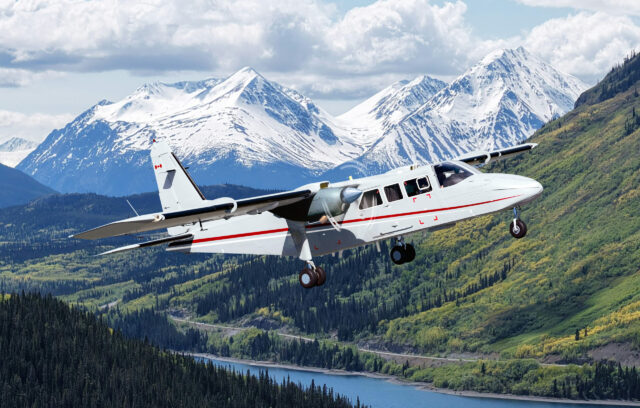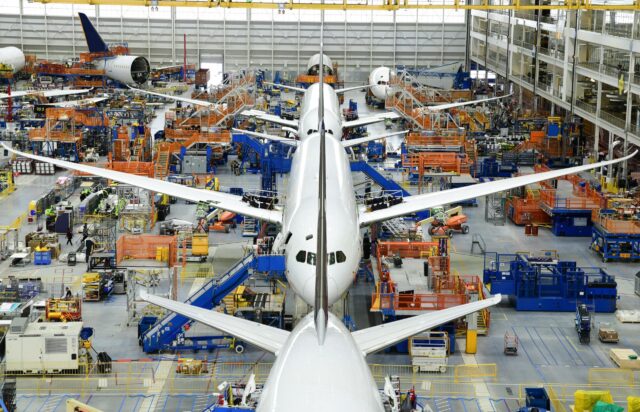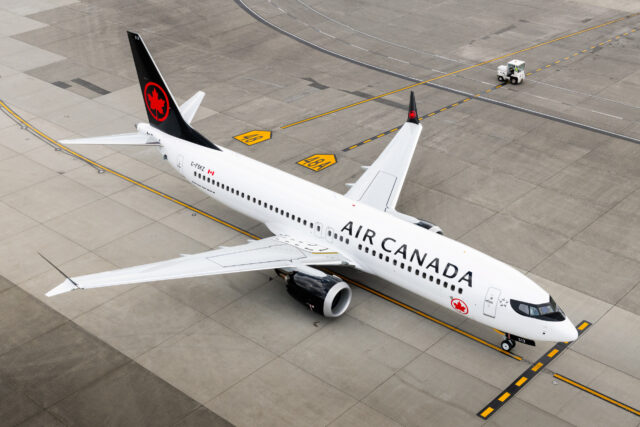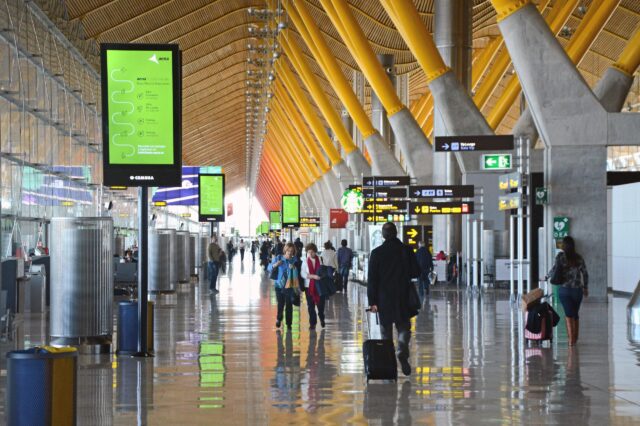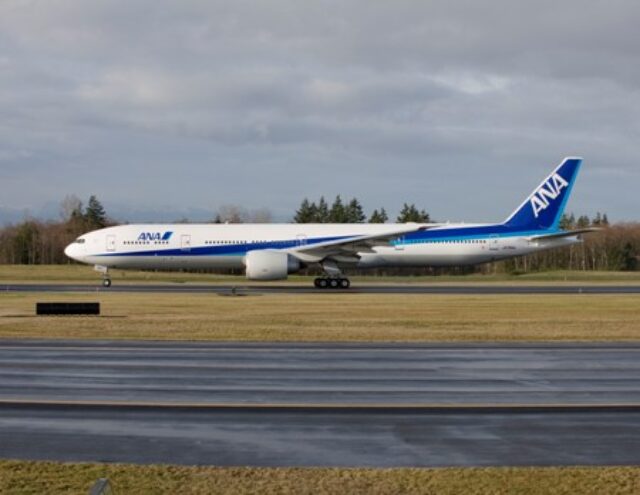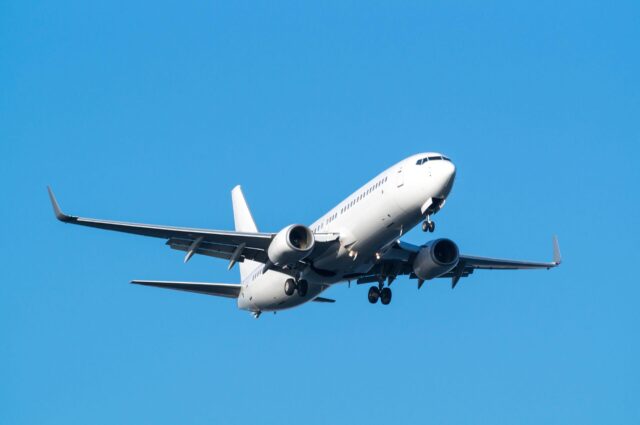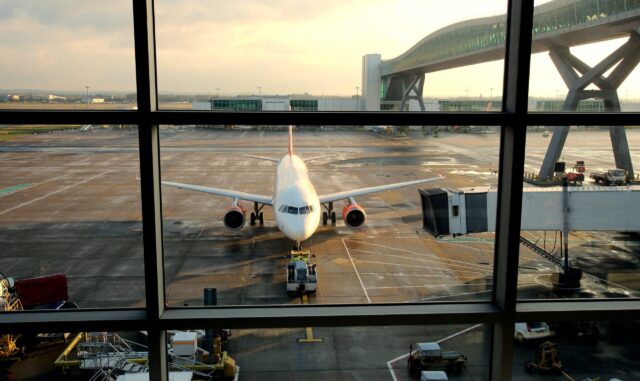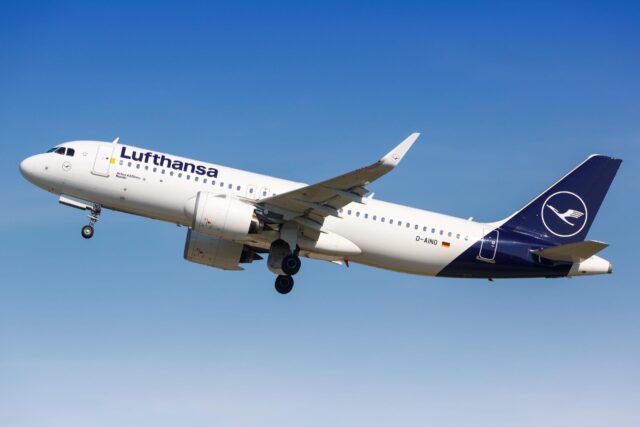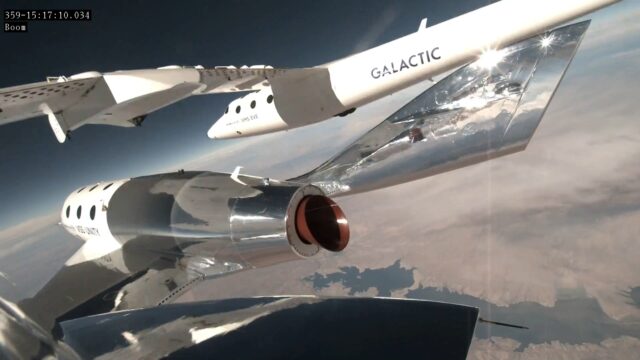Crossing the pond? Southwest teases long-haul launch

July 1, 2025

Southwest Airlines has been a loyal 737 customer since the 1970s, but as the carrier embarks on a radical transformation of its business model, it has one eye on a potential expansion into the long-haul market.
The carrier’s CEO, Bob Jordan, told US media last week that he could “certainly see a day when we are as Southwest Airlines serving long-haul destinations like Europe”.
That possibility would represent a significant shift from its traditional offering of short, efficient, low-cost services – and a move away from the single-type fleet which has made it such a streamlined operation.
Known for its point-to-point operations and domestic focus, in addition to a selection of Caribbean and Latin America routes, the Texas-headquartered carrier is now evaluating how it could extend its network beyond the Americas.
Southwest expansion
Jordan’s hint about the future scope of Southwest’s route map is limited by the all-Boeing 737 fleet – the carrier has around 800 – restricting it to shorter and medium-haul routes due to range constraints.
For the airline to serve distant markets such as Europe or deep South America, it would need to invest in aircraft with greater range capabilities, potentially a new fleet type altogether.
No decisions have been made, but the airline has not ruled out evaluating other aircraft manufacturers or widebody options in the future.
“Obviously you would need a different aircraft to serve that mission and we’re open to looking at what it would take to serve that mission,” Jordan told CNBC.
Transforming the airline
Expanding into long-haul markets would also require a different approach to operations, including considerations around airport infrastructure, crew logistics, and regulatory approvals.
It would represent a substantial evolution in Southwest’s operating model, which has traditionally relied on high-frequency short-haul flying with quick turnaround times.
But it has been made clear in recent months that Southwest is open to change.

In February, the airline operated redeye flights, for the first time in its 50+ year history.
Southwest started by operating five redeye flights, including Las Vegas (LAS) to Baltimore/Washington (BWI), Las Vegas (LAS) to Orlando (MCO), Los Angeles (LAX) to Baltimore/Washington (BWI), Los Angeles (LAX) to Nashville (BNA), and Phoenix (PHX) to Baltimore/Washington (BWI). This peaked at 33 flights per day in June.
“While redeye flights will make up a small portion of Southwest’s overall schedule, they bring additional connectivity and more itineraries to transcontinental and Hawaii markets,” the company said.
“As an example, Southwest will offer Honolulu (HNL) to Las Vegas (LAS) in April, and this one redeye flight increases the number of itineraries the airline can offer customers by 50% as they connect to other parts of the network.”
The carrier also introduced baggage fees, and expanded airline partnerships, such as with Icelandair.
Risk and reward
A shift to intercontinental operations may seem like a natural next step in this transformation.
Analysts note that long-haul low-cost service remains a challenging segment, with varying degrees of success globally.
However, if executed carefully, the move could unlock new revenue streams and diversify Southwest’s network in response to changing market dynamics.

Southwest has not committed to a timeline or specific destinations but continues to assess its options.
Any decision to move into long-haul flying would represent one of the most ambitious expansions in the airline’s history.
“Whatever customers need in 2025, 2030, we won’t take any of that off the table. We’ll do it the Southwest way, but we’re not going to say ‘We would never do that’,” Jordan concluded.
